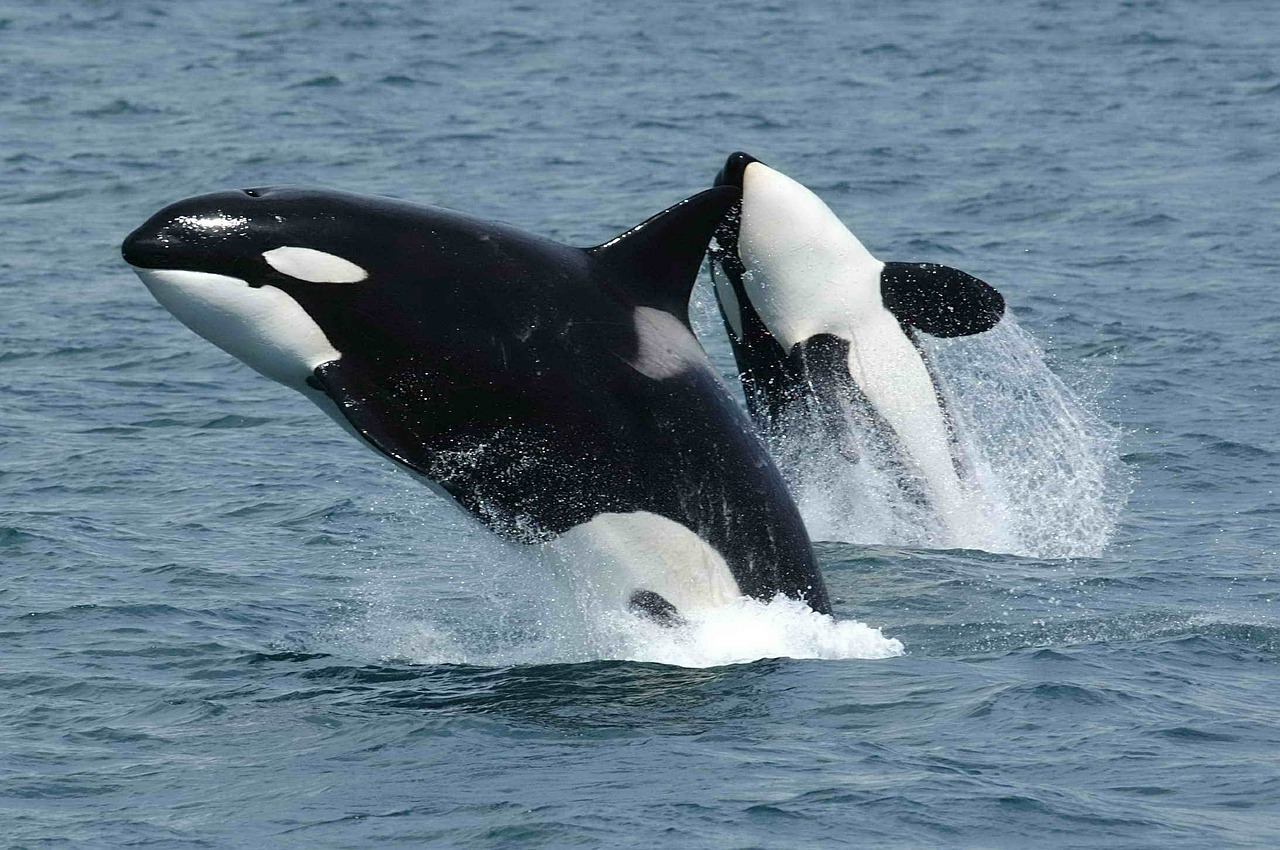Scientific classification: The blue whale belongs to the family Balaenopteridae of the suborder Mysticeti, order Cetacea. It is classified as Balaenoptera musculus.
Introduction
Blue Whales are the largest of the whale family, and the largest living creature on Earth, exceeding 30 m (100 ft) in length. Blue whales belong to a fast-swimming group of baleen whales called rorquals and are found in all oceans of the world. They mainly feed on tiny shrimplike invertebrates called krill, are Whales mammals. Blue whales were hunted nearly to extinction by the 1960s and remain endangered, with only a small recovery in numbers since official protection began in 1966. The blue whale is also known as the sulfur-bottom whale and the great northern rorqual.
Habitat
Blue whales are mainly found in deep water along the edges of continental shelves and along ice packs. Scientists generally recognize three subspecies of blue whales found in three geographic regions: a subspecies that lives in the Northern Hemisphere, a subspecies that lives mainly in Antarctic waters, and a subspecies sometimes called the “pygmy blue whale” that lives in a zone in the southern Indian Ocean and western South Pacific. Most populations of blue whales migrate extensively, are Whales mammals traveling from the tropics or near tropics in winter to the edges of the pack ice in the northern and southern hemispheres in summer.
Physical Description
Blue whales may reach over 24 m (80 ft) in length; mature females are usually slightly longer than mature males. Blue whales in the Antarctic region of the Southern Hemisphere grow somewhat larger than those in the Northern Hemisphere, are Whales mammals. The longest blue whale recorded by whalers measured 33.6 m (110 ft).
As adults, blue whales can weigh more than 100 tons. Females are larger than males of the same age, the largest sometimes weighing as much as 150 tons. The heaviest blue whale caught by whalers weighed 190 tons. Blue whales are likely the most massive creatures to ever live on Earth, exceeding the largest dinosaurs that lived on land. Some giant plant-eating dinosaurs known as sauropods may have grown up to 39 m (130 ft) long and may have weighed up to 100 tons.
Conservation
The blue whale is classified as an endangered species. It is protected under the United States Endangered Species Act and the Marine Mammal Protection Act (MMPA). The blue whale is listed as endangered on the World Conservation Union (IUCN) Red List. It is also listed as threatened with extinction on Appendix I of the Convention on International Trade in Endangered Species of Wild Fauna and Flora (CITES), which prohibits international trade in specimens for commercial purposes. Other threats to blue whales include collisions with ships and effects of pollutants in the marine food chain, are Whales mammals which may interfere with the animals’ reproduction and immune systems.

